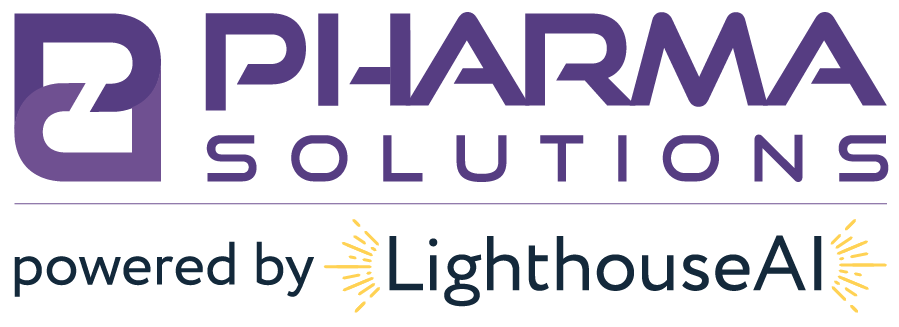What is the Big Deal about Quantitative Thresholds?
| by: Deneen Fumich, RPh | Article Posted: January 30, 2023 |
Since July 21, 2021, industry has been hearing, reading and discussing the 10-year court ordered agreement better known as the “Injunctive Relief” which 3 large wholesale distributors are required to follow regarding opioids and controlled substances.
What is a Threshold?
Specific to each Injunctive Relief Distributor, Exhibit P Section XII of the agreement defines a new term called “Thresholds” used to identify potentially Suspicious Orders of Controlled Substances from Customers. Thresholds is a new requirement and different from the Federally required Suspicious Order Monitoring systems, “SOMs”.
As an industry, we are accustomed to utilize Federal DEA cases, such as Master’s or Rochester Drugs, to better understand DEA’s thinking and apply new understanding to enhance controlled substance due diligence and suspicious order reporting. However, the Injunctive Relief is a Multi-National State case and settlement.
This leads us the question, as an industry, what should we be doing and what is both the state and federal thoughts or guidance.
Currently, the states have not weighed in as to the expectations of what non-injunctive relief distributors should be implementing. I have heard rumblings from state agencies that this question is common. As of yet, there has been no activity at the state level; but, we will continue to monitor and keep you updated.
New DEA Guidance
However, the DEA has finally weighed in, and on January 20, 2023 they provided written guidance for registered manufacturers and distributors regarding established controlled substance quantitative thresholds and the requirement to report suspicious orders. The guidance document, “clarifies that neither the Controlled Substance Act (CSA) nor the Drug Enforcement Administration (DEA) regulations establish quantitative thresholds or place limits on the volume of controlled substances DEA registrants can order and dispense, nor do they require registrants to set such threshold limits.
This document also reminds all DEA registrants of the requirement to establish systems to identify and report suspicious orders of controlled substances to include Medication for Opioid Use Disorder (MOUD).” Further, DEA recognized that “many DEA-registered manufacturers and distributors establish controlled substance monitoring systems that set thresholds that may limit the amount of a customer’s-controlled substance purchases and may prompt a report of a suspicious order to DEA.
However, whether to set such thresholds (if any) and at what levels are decisions that each manufacturer or distributer may make in the design and implementation of its controlled substance monitoring system. DEA does not have a role in establishing or revising thresholds for controlled substances that manufacturers or distributors may set for their customers as part of the required monitoring systems.”
Finally, I would be remiss if I did not point out that Exhibit P in general provides guidance in other areas such as training, red flags, onboarding of customers, ongoing due diligence, and site visits which are detailed and can enhance your already existing program.
Disclaimer: Pharma Solutions makes every effort to provide accurate information in the content it offers. However, the information provided is “as is” and Pharma Solutions makes no warranties, express or implied, as to the content provided. Pharma Solutions assumes no liability or responsibility for any errors or omissions in the content provided. Laws and regulations that are referenced herein may change over time and as such the content offered is not to be interpreted as advice. Pharma Solutions shall not be liable for any damages whatsoever incurred in connection with the use or performance of this information.





0 Comments